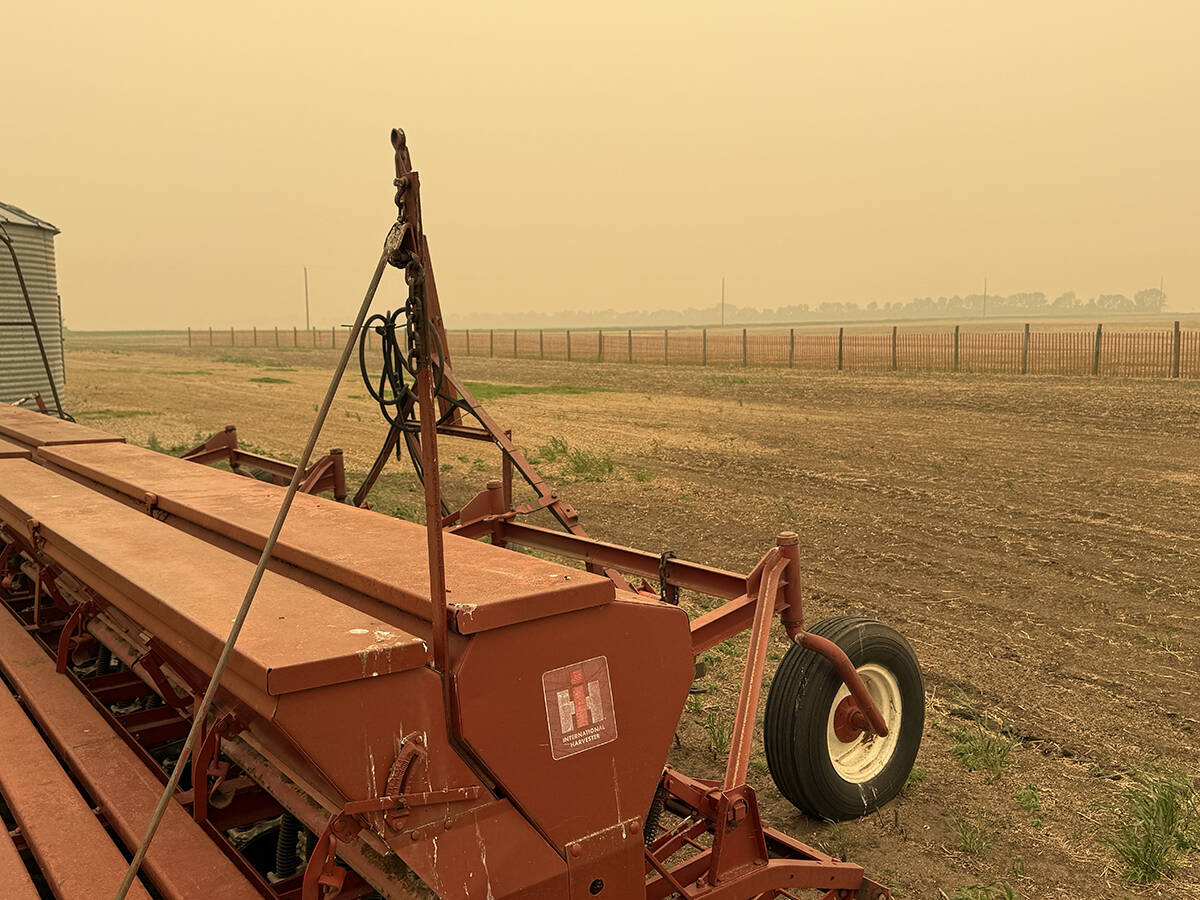Farmers who have been disappointed with plummeting fortunes of some grain markets in 1997-98 seem tempted to plant the rising stars of the past crop year.
It paid to plant flax and durum last year, and the year before.
But when making final planting decisions, analysts say farmers need to do careful homework on potential market conditions rather than looking backward at prices past.
This time last year, farmers looked back at rosy flax prices in 1996-97 and planted a lot more of the crop. At the time, analysts warned prices wouldn’t likely hold up.
Read Also

Wildfires have unexpected upside this year
One farmer feels smoke from nearby wildfires shrouded the July skies and protected his crop from the sun’s burning rays, resulting in more seeds per pod and more pods per plant.
Charles Hume, of Keystone Marketing Services in Sedley, Sask., said flax prices plummeted to around $280 a tonne by the end of harvest, and then started rallying and still haven’t quit.
Export sales to Europe have been strong, supplies are extremely tight, and the trade is anticipating sales to Europe will be strong again once the St. Lawrence Seaway opens in spring.
“We had $9 (per bushel) flax in the country, so that bode real well for producers in terms of returns there,” said Mike Jubinville, analyst with Pro Farmer Canada.
He expects farmers will plant 2.2 million acres of flax this spring.
Hume said it’s possible demand could increase by the same rate. “But flax is pretty fickle, that market. We can have good sales one year and virtually nothing the next.”
Jubinville said producers need only look at the Winnipeg Commodity Exchange to find out what the trade expects will happen.
March flax futures closed at a robust $376 per tonne last Friday, while November flax futures, reflecting new-crop expectations, closed at $309.20 per tonne.
If weather this summer is relatively normal, Jubinville said, the flax market could easily erode to the $270 per tonne range.
But he isn’t willing to predict that what looks like the biggest durum planting in 10 years – as much as six million acres – will erode durum’s premium over hard red spring wheat.
“I’m not going to say that this year,” said Jubinville, who said he’s been fooled before by bearish fundamentals in the durum market.
But Hume thinks the premium over spring wheat will narrow substantially between now and the fall.
Farmers are turning to durum out of frustration with spring wheat prices, analysts said.
“It’s just not making money,” said Hume. “It’s not a profitable crop to grow right now.”
But durum fits the same place in growers’ rotation, yields about the same in most areas, and pays $1.50 per bushel more, noted Hume.
“Over time, producers will look at that and they’ll just say, ‘To heck with the spring wheat, I’m just moving to durum because it’s worth more money.’ “
But if many follow the “herd mentality” and plant durum instead of spring wheat, farmers could create a supply glut of the small crop, said Hume.
And it could slowly lead to spring wheat being a “sleeper” crop, said Jubinville.
He notes U.S. winter wheat growers slashed their acres, and expects many will let their cattle graze the crop rather than harvesting it for weak returns.
U.S. growers are expected to plant more corn and soybeans this spring too, rather than wheat.
“It just tells me that we might be in an evolving cycle where in the long, longer range, wheat prices might become more attractive,” said Jubinville.














